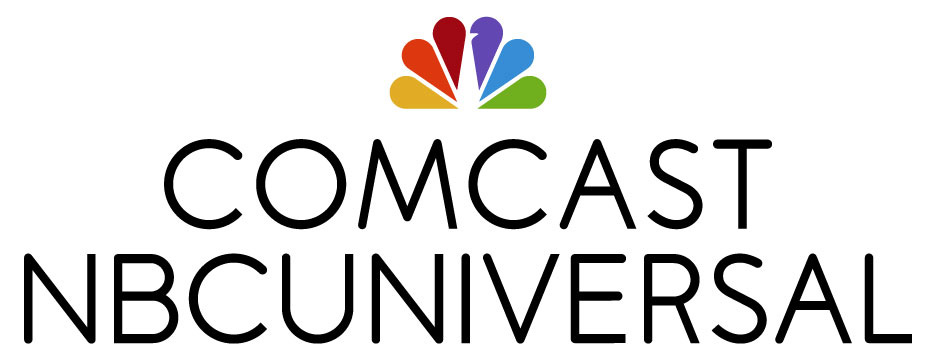The Road to Digital Equity: Where We've Been and Where We're Going
By Broderick Johnson
The pandemic which began in 2020 drew immediate increased public interest in the digital divide. But this wasn’t a new issue to those of us working day in and day out to achieve digital equity together with partners in the government, nonprofits, and even other companies.
Today, the U.S. Senate Subcommittee on Communications, Media and Broadband is examining these continued efforts across the public and private sectors to close the digital divide and connect every American to the power of the Internet.
I’m immensely proud to work at Comcast, an organization that has been at the forefront of the challenge to achieve digital equity once and for all. We’ve been at it for over a decade and our Internet Essentials program is the largest and most successful broadband adoption initiative in the industry.
This hearing will provide a view into much of the work being done to bring the Internet to more and more people, and crucially, ensure that folks have the skills needed to truly unlock the possibilities available online. Witnesses will include Kimball Sekaquaptewa, the Chair of Connect New Mexico and Chief Technology Director for the Santa Fe Indian School; Hon. Michael Powell, President & CEO of NCTA; Jonathan Spalter, President & CEO of USTelecom; and Angela Siefer, Executive Director of the National Digital Inclusion Alliance (NDIA).
Internet Essentials was Comcast’s first company-wide effort to ensure all Americans can benefit from the power of broadband. It provided eligible households in Xfinity service areas with a low-cost broadband option, as well as the ability to purchase an affordable computer and access to basic digital literacy training.
Over the years Comcast’s commitment to working with communities to achieve digital equity has only grown. We’ve continuously improved and expanded Internet Essentials by making more households eligible, increasing speeds, and adding free public WiFi hotspots. And we launched Project UP, Comcast’s $1 billion commitment to digital equity.
At its heart, Project UP is a recognition that digital equity only starts with a connection.
In order to advance economic mobility, and open doors for the next generation of innovators, entrepreneurs, storytellers, and creators we must look beyond access to support broadband adoption and invest in digital skills — and community-based organizations are our greatest partners in this.
With our Project UP partners, we are meeting the need to support both national and local organizations to achieve our shared goals together.
Digital Navigators, trusted voices for those who don’t know how to sign up for Internet service – including through the Affordable Connectivity Program (ACP), get a device, or connect to skills training and other resources – are critical to closing the digital divide and reducing socioeconomic inequalities.
That’s why one of the Project UP partnerships I’m most excited about is our work with NDIA to train and build capacity for Digital Navigator programs, so other community groups across the country can equip more folks with the tools they need to succeed.
On the broadband deployment side, we’re excited to engage with state and local governments to form public-private partnerships to expand Comcast’s ultrafast gig-speed network to even more homes in rural areas.
Just last month, we celebrated the completion of one such expansion project in Hampton County, South Carolina — bringing broadband connectivity to more than 2,000 homes. House Majority Whip Rep. Jim Clyburn spoke at the ribbon cutting for the network, demonstrating the momentous nature of this project.
There are dozens of stories like this nationwide right now, like in New Mexico, where Comcast was one recipient of the Connect New Mexico pilot program to connect thousands of homes to the Internet for the first time; and in West Virginia, where the state recently announced a partnership with Comcast to connect more than 2,100 homes.
It’s clear that there is not a one-size-fits-all approach to closing the digital divide, and we’re proud to stand side by side with connectivity advocates and governments at every level to achieve our goal.
Broderick Johnson is Executive Vice President, Public Policy & Executive Vice President, Digital Equity.

